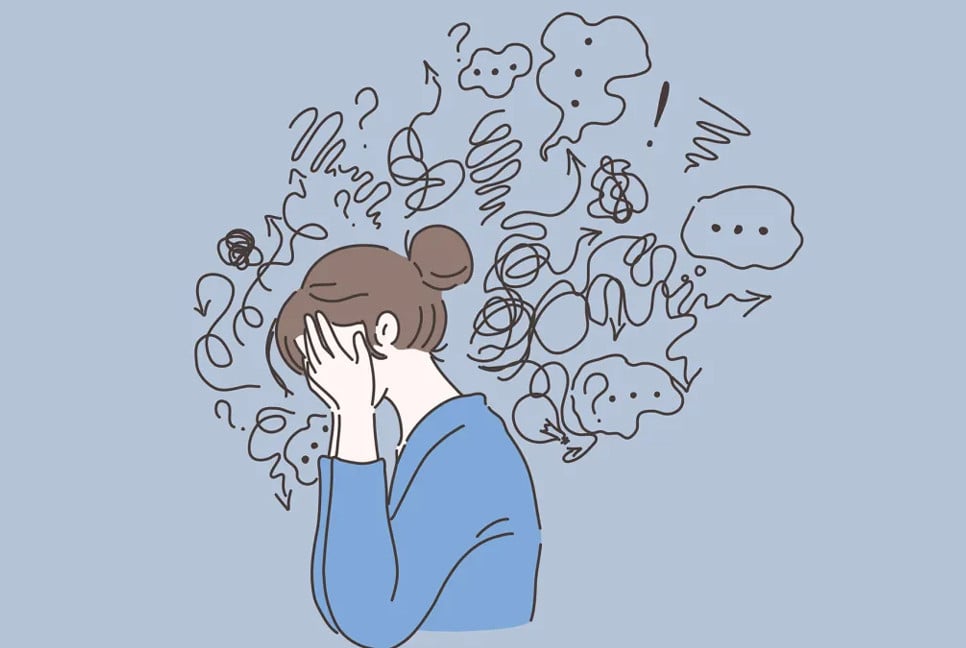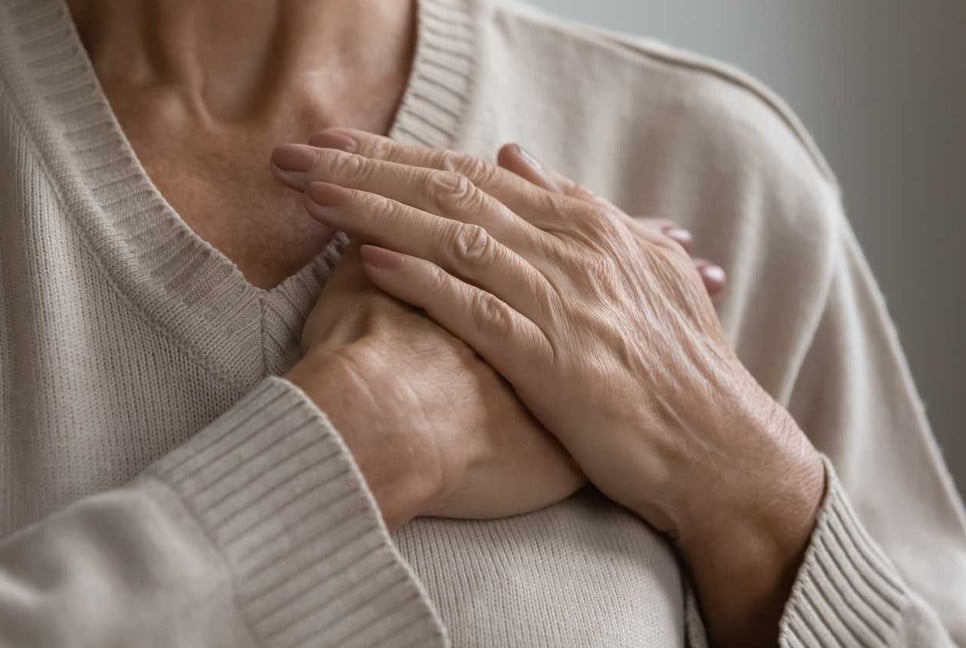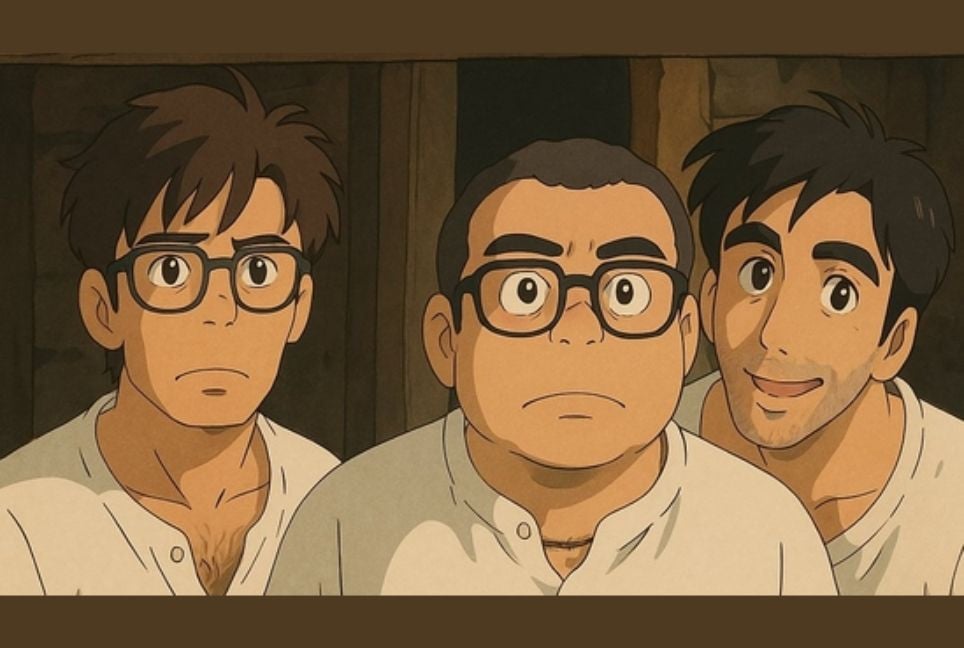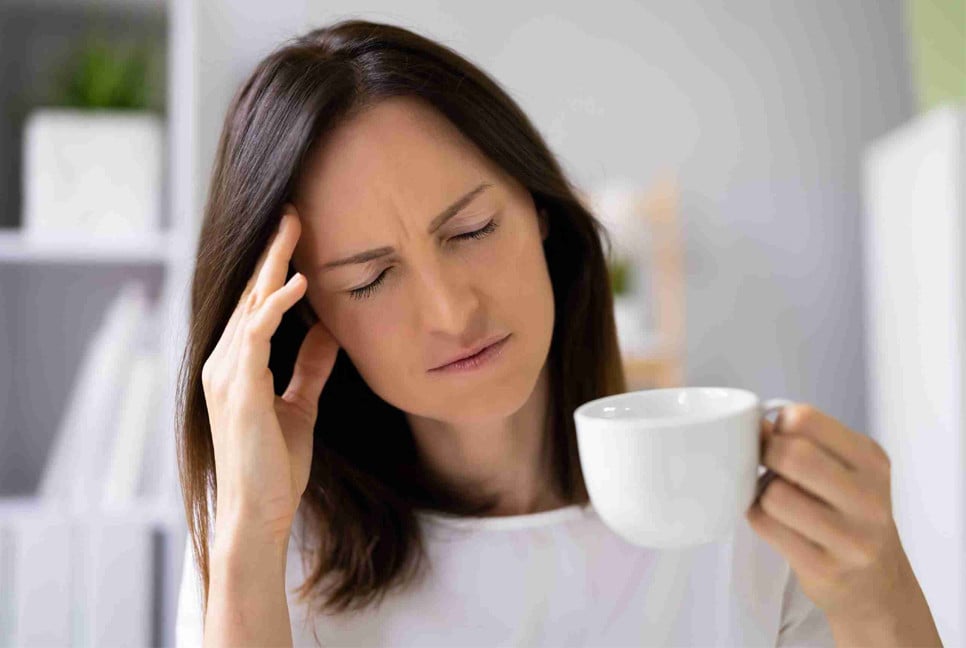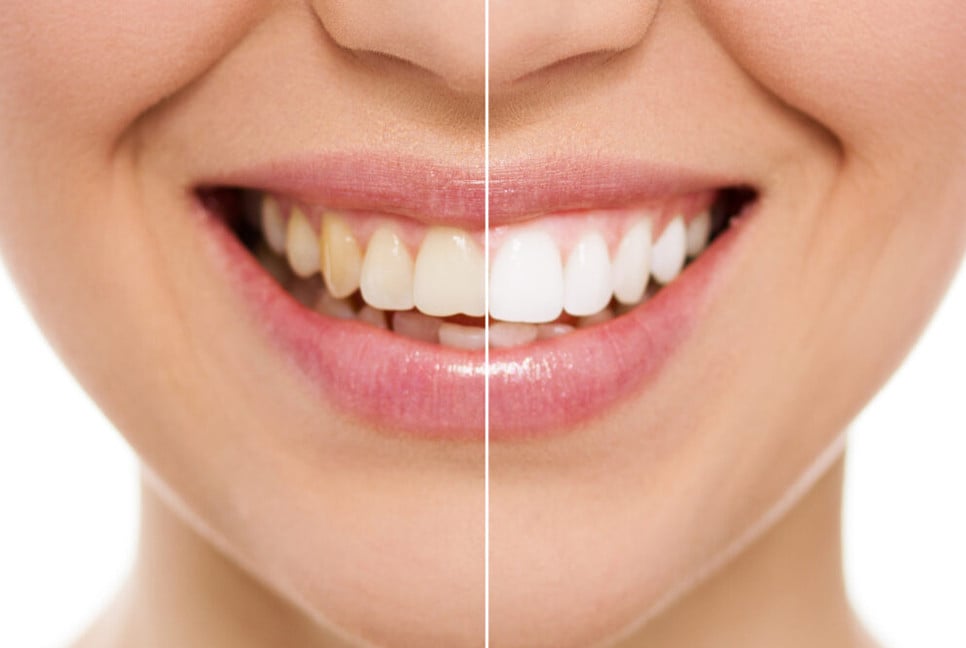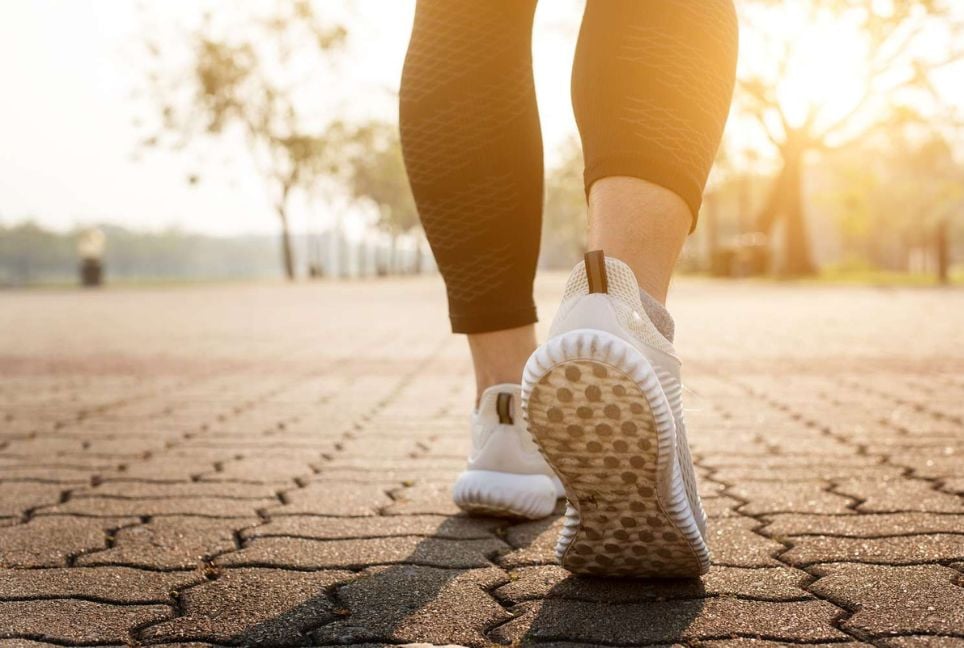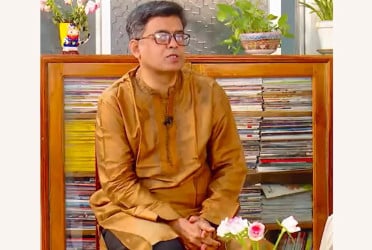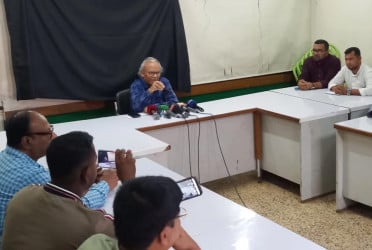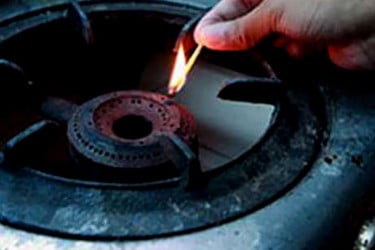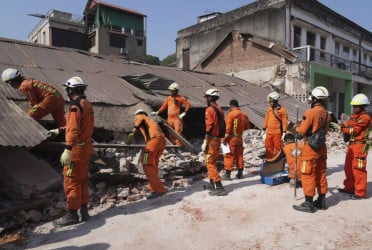Back pain is rapidly emerging as a major concern among children and teenagers, with nearly half experiencing discomfort before adulthood. Experts in the UAE attribute this trend to the excessive time young people spend on laptops and mobile devices, which causes poor posture and contributes to backache, reports Khaleej Times.
According to new research by the National Spine Health Foundation in the US, low back pain becomes common by the age of 14, affecting 30 per cent of girls and 26 per cent of boys with acute or subacute pain.
Notably, 11 per cent report chronic backache lasting over three months. By age 17, 13 per cent of girls and 26 per cent of boys experience chronic low back pain. Supporting the findings, doctors in the UAE stated that they have observed similar trends in their practices.
Dr Khaldoun Osman, consultant neurosurgeon (Spinal Microsurgery), Dubai, said, “In our daily practice, we see an increasing number of children suffering from back pain in school, especially if we calculate the number of scoliosis cases or twisting of the spine, which affects two to three per cent of the population.”
Pressure on facet joints of the spine
Moreover, medical professionals have sounded the alarm about the growing number of children glued to their laptops and mobile devices. This habit not only promotes a sedentary lifestyle and poor posture but also leads to the formation of trigger points, causing discomfort and pain.
Dr Bachar Aboubaker, Specialist Orthopaedic Surgeon at International Modern Hospital Dubai, said,
“This puts pressure on the facet joints of the spine and causes muscular spasms. This type of life leads to weakness in muscles and secondary Osteomalacia (softening of bones).”
Obesity, sedentary lifestyle
Doctors emphasized another factor contributing to such persistent pain is “obesity among children and teenagers”. They explained weight and obesity issues are particularly increasing due to bad food regimens.
“Obesity creates mechanical stress on weight-bearing joints of the body, including the lumber spine, and makes the sports activities more difficult so that some children find some excuses to avoid participation in active games and sports activities,” added Aboubaker.
Healthcare professionals have also observed that many children spend most of their time indoors at school or home. Even when engaging in active games or sports, they often choose indoor playgrounds and sports halls due to the hot weather.
“This lifestyle prevents exposure to the sun (ultraviolet rays) leading to low vitamin D level and subsequent diminished calcium and bone minerals absorption which ends up to a condition called Osteomalacia.”
“Many children may have back pain after some sports activities due to muscle strain or ligament sprain between vertebrae, which recovers within 7-10 days. But if the child continues to have this pain more than this period, then they need to do orthopaedic consultation to rule out other pathological conditions of the lumber spine,” added Aboubaker.
Heavy backpacks
Medical practitioners noted that carrying heavy schoolbags and exercising the wrong way could also be attributed to a few other causes of back pain found in children.
Dr Gopalakrishnan C V, consultant neurosurgery and spine surgery, Medcare Orthopaedics and Spine Hospital said, “Many schools have large campuses that require students to climb stairs or walk long distances, which can be difficult when students carry heavy backpacks. Other factors that lead to back pain in children include tilting the head forward to view screens, particularly on devices and smartphones. This can cause a forward head posture. The misalignment puts more strain on the neck and upper back, which causes muscular tension and discomfort.”
He added, “Other causes include sports injuries, being involved in high impact sports, stress and anxiety, poor sleeping postures, previous injuries or trauma as well as family history of back pain.”
Prevention strategies
Specialists underlined that parents can promote prevention strategies like encouraging regular 'walking and stretching' breaks, as sitting for extended amounts of time can wear out the back muscles.
“Among other things, limit time spent slouching on devices and phones, teach children how to sit correctly on a chair. This means that instead of slouching, they should sit up straight with their bottom flat against the seat. Finally, make sure they get enough exercise,” added Gopalakrishnan.
Bd-pratidin English/Afia




